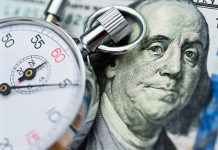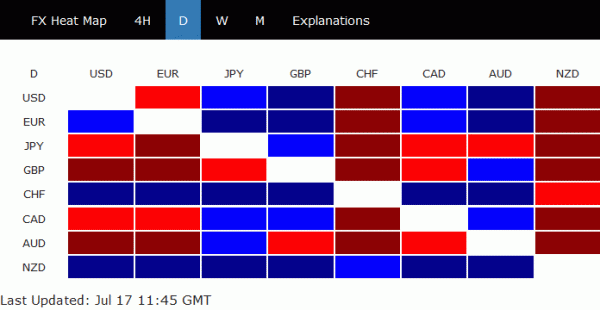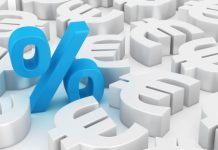Entering into US session, New Zealand Dollar remains the strongest one as supported by improvement in RBNZ’s own preferred core inflation measure. Swiss Franc is trading as the second strongest one, partly on speculation that SNB could start to raise interest rate finally by the end of 2019. Dollar’s fortune reversed as markets await Fed chair Jerome Powell’s Congressional testimony. Meanwhile, Sterling is trading as the weakest one, receiving no support from an after all solid set of job data. Yen follows as the second weakest.
In other markets, Nikkei closed up 0.44% at 22697.36 today, but that came after hitting as high as 22832.22. Singapore Strait Times was up 0.21% at 3239.64. China Shanghai SSE pared back much losses to closed down -0.57% at 2798.13, barely unable to regain 2800 handle. WTI crude oil continues to press 68 handle while gold gyrates around 1240.
Today will begin Powell’s two-day testimony, starting with Senate Banking Committee. House Financial Services Committee comes tomorrow. Expectation is rather low on the event. Fed’s rate path is clear for the near term, that is two more hikes in 2018. Recent economic data support the path, with solid job market and improving inflation. Powell will most likely reiterate the views as see in the minutes of the June 13 FOMC meeting.
Nonetheless, his views on the topic of flattening or even inverting yield curve might raise some eyebrows. Minneapolis Fed President Neel Kashkari said in an essay released yesterday that ‘This time is different’ are the four most dangerous words, in response to those who tried to talk down flattening yield curve and the link to recession. So, to Powell, it’s this time the same? Or is it different?













